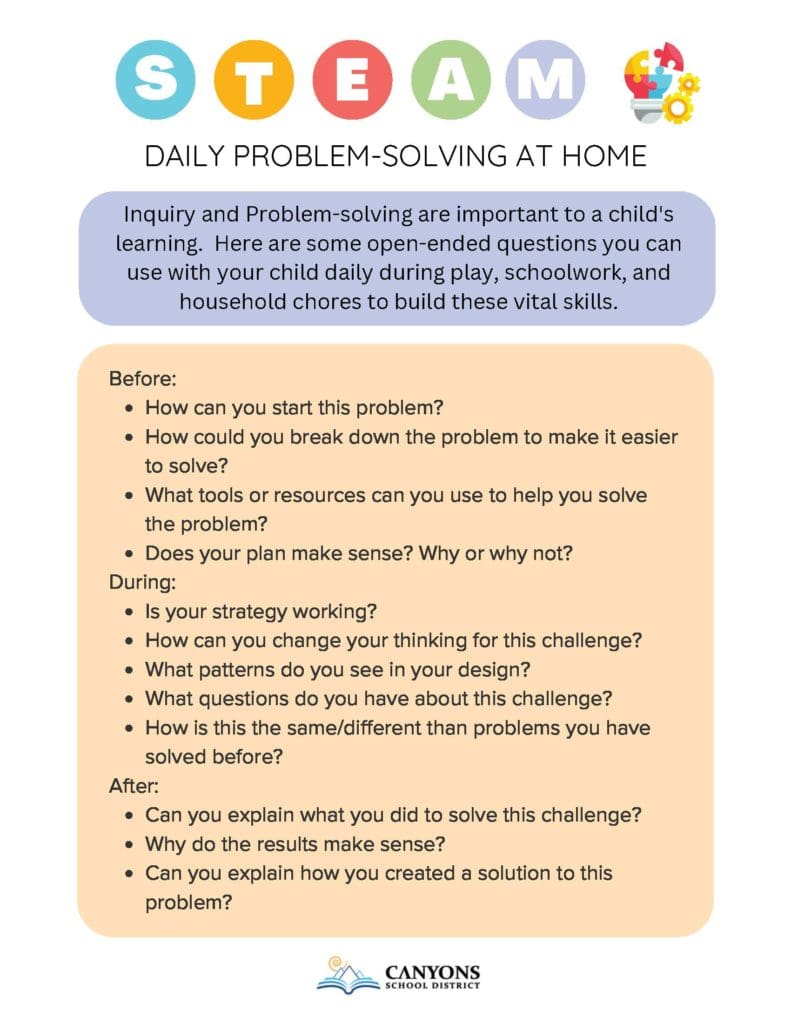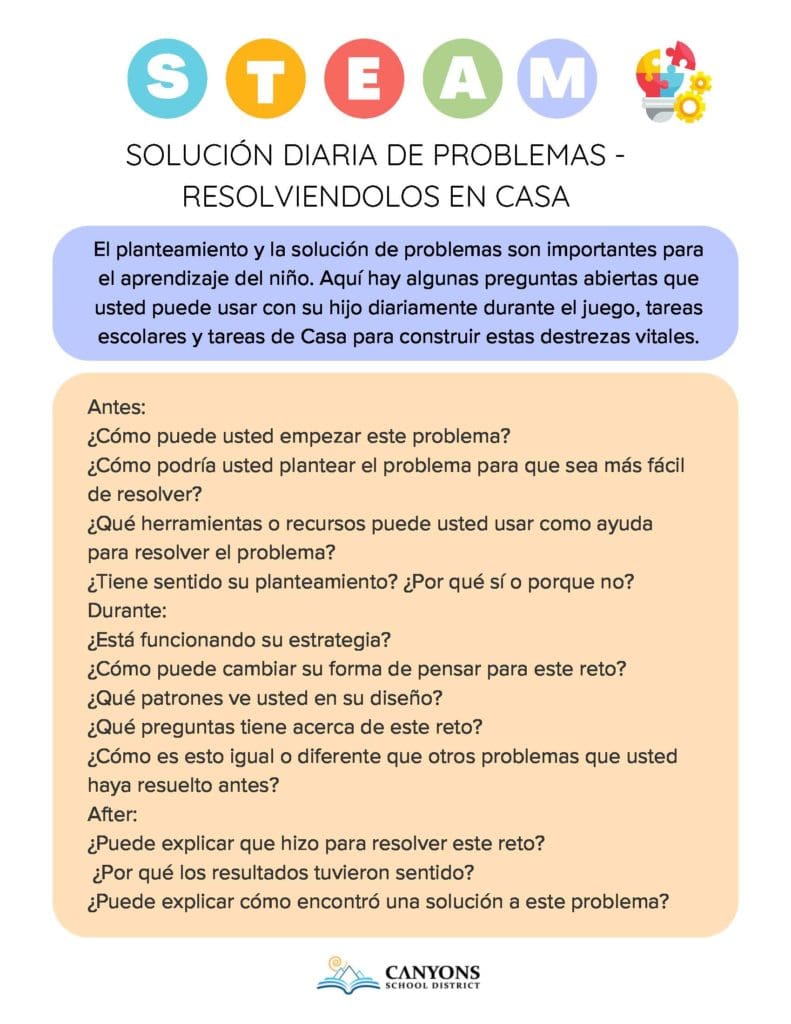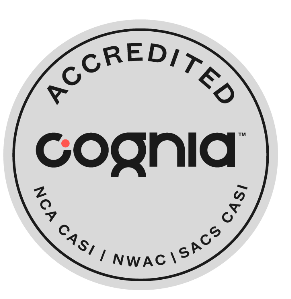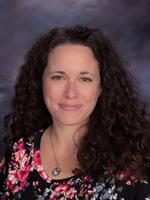Oh, how life has changed since Y2K. While it’s been just two decades since the start of the new millennium, advancements in technology seem to have taken society light years into the future. To ensure Canyons students remain at the forefront of understanding the world around them, STEM-related lessons have been built into the school day at every grade level.
In the latest episode of Connect Canyons, Chandra Martz, a CSD Digital Teaching and Learning Specialist, and Cynthia Lloyd, CSD’s Elementary STEM Specialist, discuss how science, technology, engineering and mathematics lessons, plus instruction on how those subjects dovetail with the arts, are being implemented in Canyons classrooms and beyond. The conversation comes in time for National STEM/STEAM Day, celebrated every year on Nov. 8.
When STEM was first introduced into education in the early 2000s, it stood for science, technology, engineering, and math. Soon after, an “A,” which stands for the arts, was added to the mix, turning the emphasis from STEM to STEAM. That addition was spearheaded by Georgette Yakman, the creator of STEAM education, who has said the liberal arts are the “who and why,” or the reasoning, behind the “what and how” of STEM.
“Basically, it’s how all of these components are working together in order to get our students to think beyond just one subject,” Martz says. “Instead of just thinking about math, it’s how our math and science work together, how technology and engineering work together. Because when you think of careers, you don’t think of just, ‘They do math and technology,’ there’s some science added in, and a lot of times there’s the design with engineering and our arts.”
Lloyd adds that integrating the subjects together helps students to develop a deeper level of learning. “They develop the ability for students to learn more critical thinking skills,” says Lloyd, “and problem-solving skills across all of the different disciplines.”
In the Canyons District, STEAM-powered teaching is implemented in classrooms beginning in kindergarten. Teachers utilize a number of methods in order to teach their students.
“It’s science our students can use,” Lloyd says. “For example, our kindergarten students are learning about how they can prepare for weather. They start by looking at weather patterns, then move into how we can be prepared by looking at what’s going on with the next day. You don’t know you’re doing STEAM-related things every single day just by looking at the weather and deciding how you’re going to get dressed. That’s problem-solving.”
Schools across the District are not only implementing STEAM in the classroom, but between classes and after hours, as well. In CSD elementary schools, students attend “Brain Boosters” classes during which students can go to a library or music class or learn how to code. Every middle school also has a “MakerSpace” where, during lunch or after school, students can build and create. The goal next year is to have a MakerSpace in every elementary and middle school.
Martz says utilizing some of the tools in the makerspace allows students to look at the bigger picture. “It helps them start to think about and understand the problem-solving process, not only about what can I make with these blocks but what if this was bigger? What if this was global? It gets them thinking on that bigger sense of how they can make an impact in the world.”
A number of these programs are available, thanks to a recent grant Martz received. The grant provides the funds to expand STEAM throughout the District. Part of the grant is also going toward launching STEAM Nights, during which parents and students alike can get involved in the learning process. Schools will be provided kits to help them host their STEAM Night events.
It can be daunting for some parents to help their children with STEAM-related homework, but “the parent doesn’t have to know everything,” says Lloyd. “Getting those kids to think creatively and think outside the box to help solve problems is one of the biggest things parents can do. It’s OK not to know the answer but help guide the students to figure out that answer.”
STEAM-related lessons help Canyons students graduate college- and career-ready, say Martz and Lloyd. “It doesn’t matter what kind of career,” says Lloyd. “It’s a conduit everyone can learn from, no matter their ability level. Everyone can have success and have fun.”

Like What You Heard?
Check out Connect Canyons for more awesome interviews and discussions.








